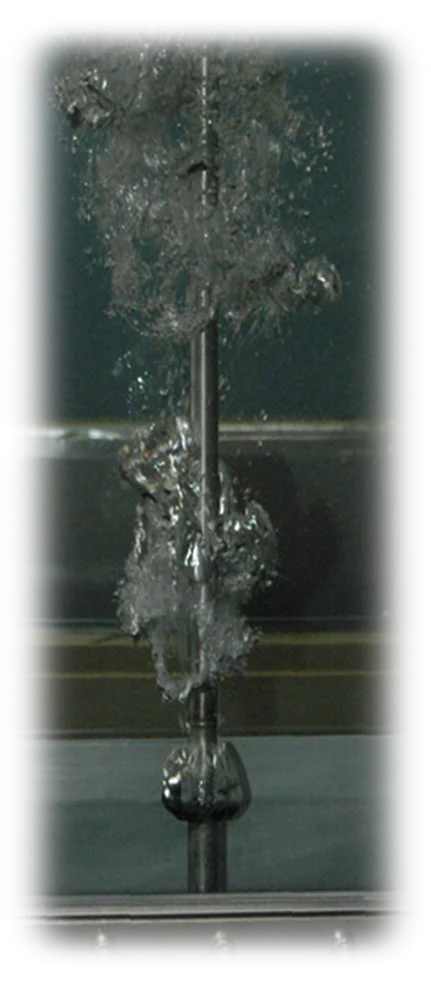The severe accident codes (ASTEC, MELCOR, etc.) have models to describe pool scrubbing. These models typically calculate aerosol and iodine retention in stagnant water pools under bubbly flow conditions. In order to apply the models to the conditions in the wet scrubber-based filtered containment venting systems (FCVS) and other situations where there is a turbulent two-phase flow in the water pool, a proper characterization of the two-phase flow hydrodynamics is needed.
In this work, the main focus will be the experimental characterization of the two-phase flow hydrodynamics in the water pools, and application of the hydrodynamics to the pool scrubbing models. The flow in the pool will be turbulent to churn-turbulent, and the TRISTAN facility will be adapted to the geometry of the wet scrubber or other geometry of interest. In addition, the wire mesh-sensor method will be further developed to determine the concentration of the retained aerosols and / or iodine (or a simulant) in the water. This way, information on the retention of iodine or aerosols and the two-phase flow hydrodynamics can be obtained simultaneously to describe the pool scrubbing process.


